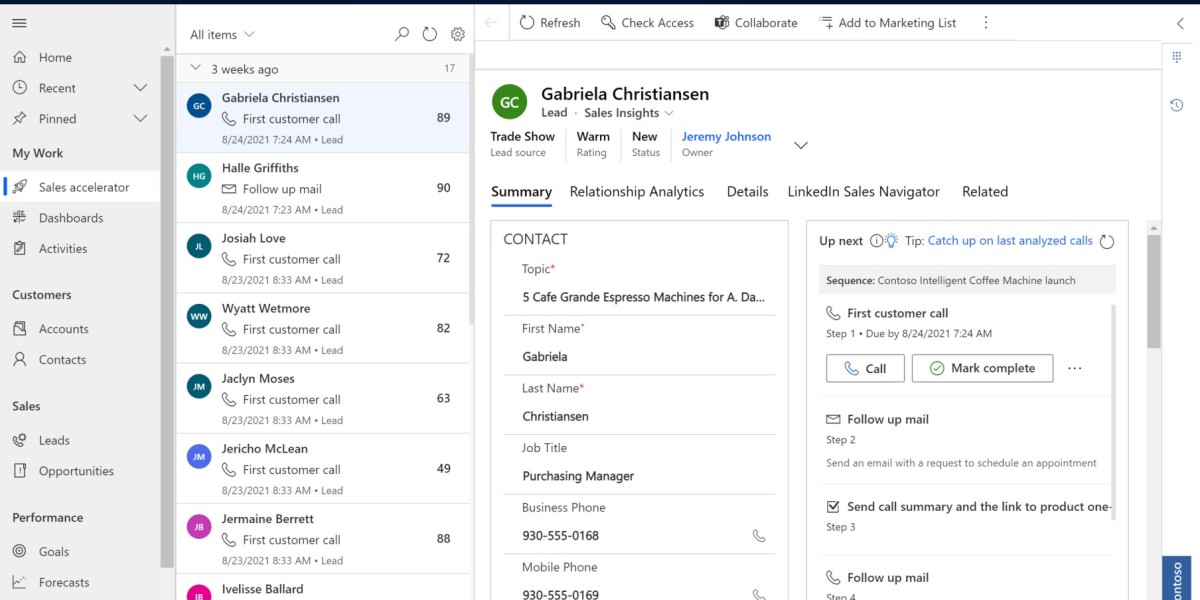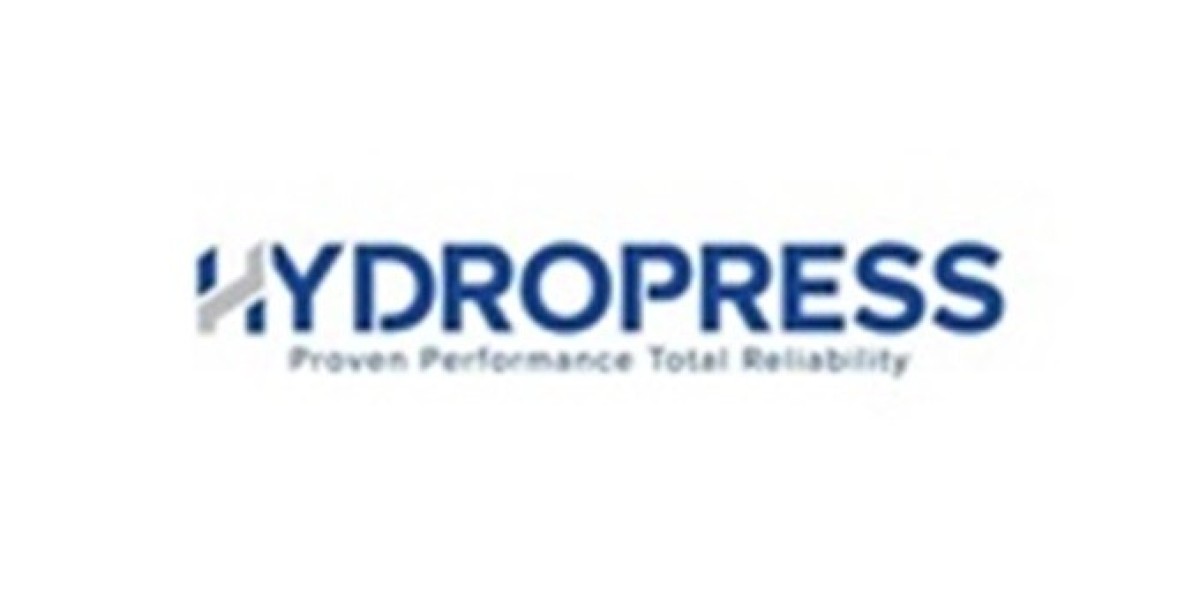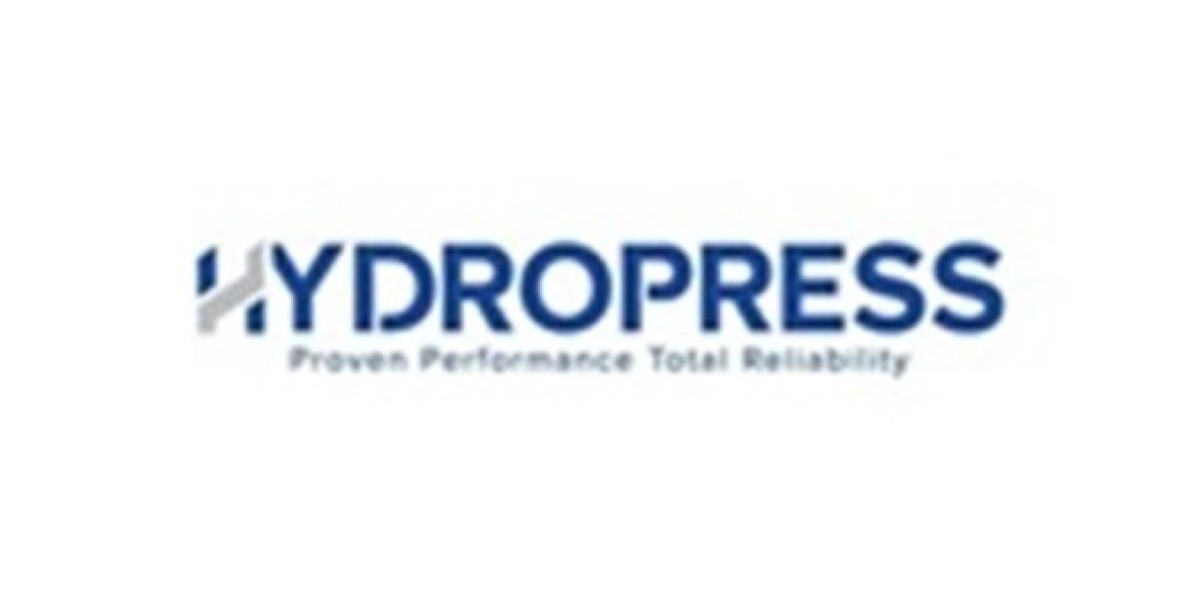Rolling out Microsoft Dynamics 365 Sales is a critical step in transforming your sales operations, optimizing customer interactions, and boosting revenue. However, without a structured approach, the implementation can become challenging. This ultimate checklist ensures that your Dynamics 365 Sales deployment is executed smoothly, delivering maximum ROI.
1. Define Clear Business Goals and Objectives
Before implementing Dynamics 365 Sales, it’s essential to align the platform’s capabilities with your business objectives. Clearly define key performance indicators (KPIs) such as:
Lead conversion rates
Sales cycle duration
Customer retention metrics
Revenue growth targets
Mapping your goals ensures that Dynamics 365 Sales delivers measurable business outcomes.
2. Assemble the Right Implementation Team
A successful rollout requires a dedicated team with expertise in:
Project management – Ensures smooth execution
IT specialists – Handles system integrations
Sales leaders – Provides insights into sales processes
Training coordinators – Oversees user adoption
Change management experts – Mitigates resistance to new technology
Collaboration between these stakeholders is crucial for seamless implementation.
3. Conduct a Comprehensive System Audit
Analyze your existing CRM system and sales processes to identify gaps and inefficiencies. A thorough audit should address:
Current pain points in lead tracking and sales forecasting
Manual processes that can be automated
Data silos that need integration
Reporting and analytics shortcomings
This assessment helps in configuring Dynamics 365 Sales to suit your exact needs.
4. Plan for Data Migration and Integration
Migrating data from legacy systems can be complex. Follow these best practices:
Cleanse and standardize existing data to remove duplicates and inconsistencies
Map data fields to align with Dynamics 365 Sales structures
Use Microsoft’s Data Migration Framework for smooth transition
Ensure seamless integration with other platforms like Microsoft 365, Power BI, and ERP solutions
Proper data migration prevents issues that could hinder system efficiency post-rollout.
5. Customize Dynamics 365 Sales for Your Business
Dynamics 365 Sales is highly customizable. Tailoring it to your specific requirements includes:
Configuring lead scoring models
Automating sales workflows to improve efficiency
Creating personalized dashboards for real-time insights
Setting up AI-driven recommendations for smarter selling
Customization enhances user experience and ensures the platform fits your operational needs.
6. Implement Role-Based Access and Security Measures
Security is paramount in sales operations. Ensure that:
Role-based access controls (RBAC) are configured to protect sensitive data
Multi-factor authentication (MFA) is enabled for secure logins
User permissions are assigned according to job functions
Compliance requirements (e.g., GDPR, CCPA) are met
These measures safeguard customer and business information from unauthorized access.
7. Train and Onboard Sales Teams Effectively
User adoption is the key to success. Develop a structured training plan that includes:
Interactive workshops and live demos
Role-based learning paths for sales reps and managers
Self-service knowledge base with video tutorials
Ongoing support via internal helpdesk and Microsoft resources
Effective training ensures users leverage all features of Dynamics 365 Sales Implementation Partner
8. Test the System Before Going Live
A pilot phase helps identify issues before full deployment. Key testing areas include:
End-to-end sales process simulation
Data accuracy and synchronization
Workflow automation testing
User feedback collection and iteration
Conducting a pilot minimizes risks and ensures a seamless transition.
9. Monitor Performance and Optimize Continuously
Post-deployment, continuously evaluate system performance using:
Power BI reports and dashboards for sales tracking
User feedback surveys to assess adoption challenges
AI-powered analytics for performance insights
Regular system updates and feature enhancements
Optimization ensures long-term success and maximum ROI from Dynamics 365 Sales.
10. Leverage AI and Automation for Smarter Selling
Enhance sales efficiency with built-in AI capabilities, including:
Predictive lead scoring for prioritizing prospects
Automated email tracking for better follow-ups
Conversation intelligence to analyze customer interactions
Sales forecasting tools for accurate revenue predictions
These features help your sales team work smarter, not harder.
Final Thoughts
A well-structured Microsoft Dynamics 365 Sales rollout ensures your sales team operates at peak efficiency. By following this checklist, businesses can minimize implementation challenges and maximize their CRM investment. Implement these steps diligently, and you’ll create a streamlined, data-driven sales operation that drives revenue growth and customer satisfaction.








